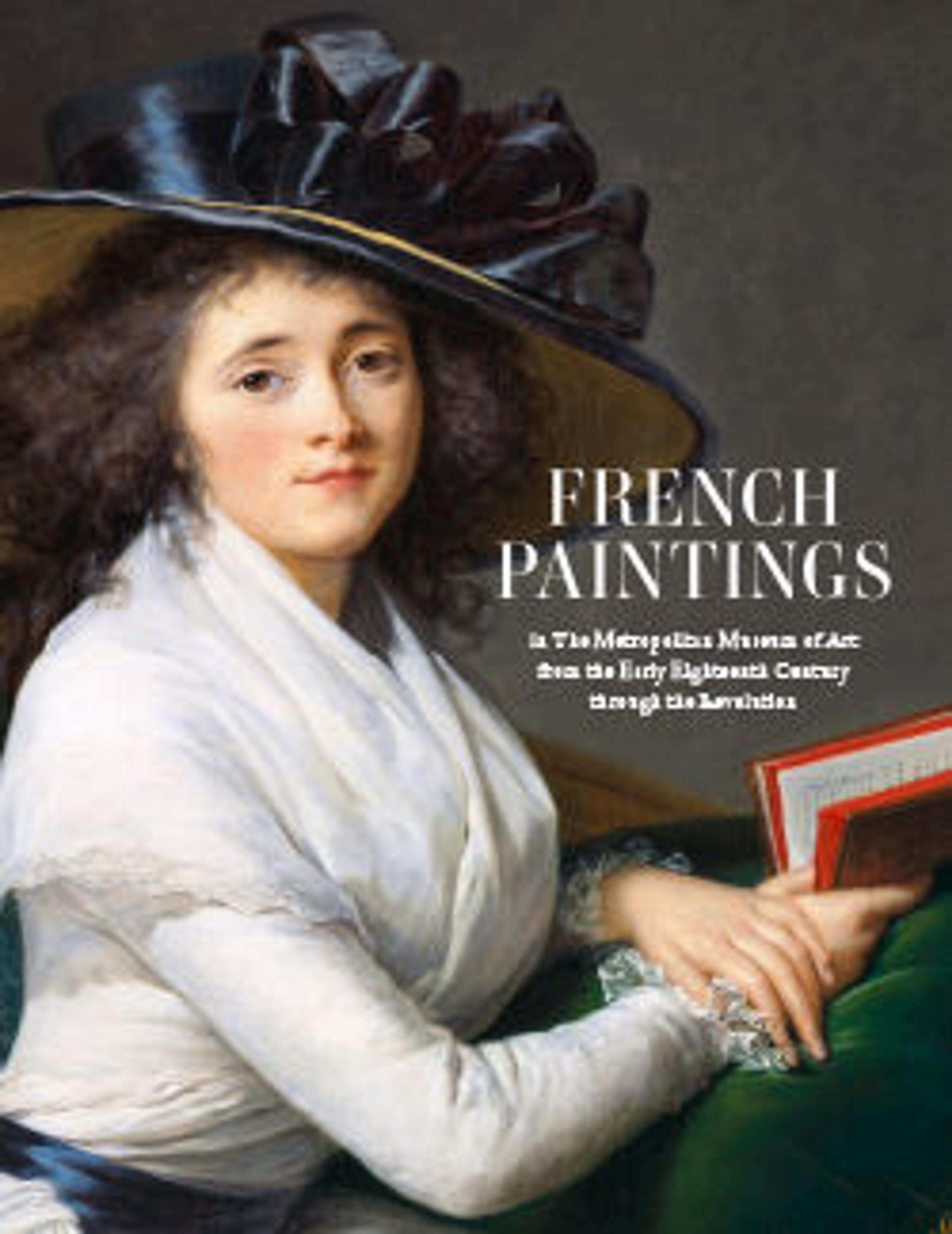The Servant Justified
In this image a wayward husband pursues a servant girl but, realizing he has been observed by a woman in a window, changes course. Later, he invites his wife to engage in a dalliance in the garden to create an alibi. The story comes from Jean de La Fontaine’s Fables, which enjoyed enormous success in eighteenth-century France as a commentary on contemporary social mores, including gender roles. This painting is one of nine oils on copper that Lancret painted based on La Fontaine, which were engraved during the 1730s and 1740s.
Artwork Details
- Title:The Servant Justified
- Artist:Nicolas Lancret (French, Paris 1690–1743 Paris)
- Date:ca. 1740
- Medium:Oil on copper
- Dimensions:11 x 14 in. (27.9 x 35.6 cm)
- Classification:Paintings
- Credit Line:Purchase, Walter and Leonore Annenberg and The Annenberg Foundation Gift, 2004
- Object Number:2004.85
- Curatorial Department: European Paintings
More Artwork
Research Resources
The Met provides unparalleled resources for research and welcomes an international community of students and scholars. The Met's Open Access API is where creators and researchers can connect to the The Met collection. Open Access data and public domain images are available for unrestricted commercial and noncommercial use without permission or fee.
To request images under copyright and other restrictions, please use this Image Request form.
Feedback
We continue to research and examine historical and cultural context for objects in The Met collection. If you have comments or questions about this object record, please contact us using the form below. The Museum looks forward to receiving your comments.
